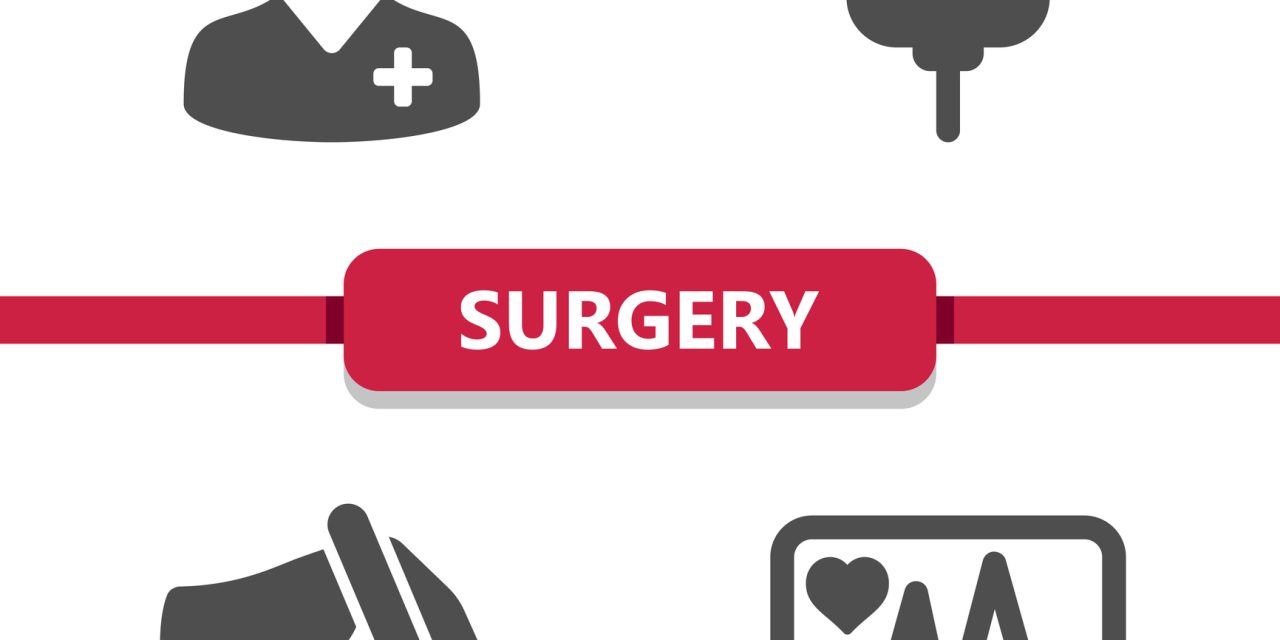The increasing proportion of outpatient allogeneic hematopoietic cell transplants (HCTs) coupled with increased access of once-daily broad-spectrum antibiotics and evidence that outpatient antibiotic treatment may be safer and less costly than inpatient treatment, suggest that allogeneic HCT recipients with Gram-negative rod bacteremia (GNRBs) are increasingly being treated in ambulatory care settings.
Using data from the first GNRB event that occurred within the first 100 days posttransplantation among allogeneic HCT recipients transplanted at a single center between 2007 and 2016, we estimated the temporal trends in GNRB incidence and treatment management of GNRBs and identified if patient or infection characteristics impacted observed trends.
A total of 11% (238/2165) of the observed allogeneic HCT recipients experienced ≥1 GNRB with available resistance data and contributed antibiotic treatment time. Patients, on average, received 55.1% of their antibiotic treatment in an outpatient setting and we observed a significant decline in the proportion of treatment time spent outpatient (crude: -3.3% [95% confidence interval: -5.0, -1.6%]). We observed similar declines in the proportion of treatment time spent outpatient among patients with similar GNRB and pretransplant complexity factors but not among patients with similar posttransplant complications (p value: .165).
These results suggest that, despite increased availability of outpatient suitable treatment options, allogeneic HCT recipients with GNRBs received less treatment in outpatient settings. However, among patients with similar posttransplant complications, the lack of significant decline suggests that treatment location decisions remained consistent for patients with similar posttransplant complications. These findings suggest the need for additional interventions targeting outpatient antibiotic treatment among allogeneic HCT recipients with GNRBs.
© 2021 The Authors. Immunity, Inflammation and Disease published by John Wiley & Sons Ltd.
Are hematopoietic cell transplant recipients with Gram-negative bacteremia spending more time outpatient while on intravenous antibiotics? Addressing trends over 10 years at a single center.


